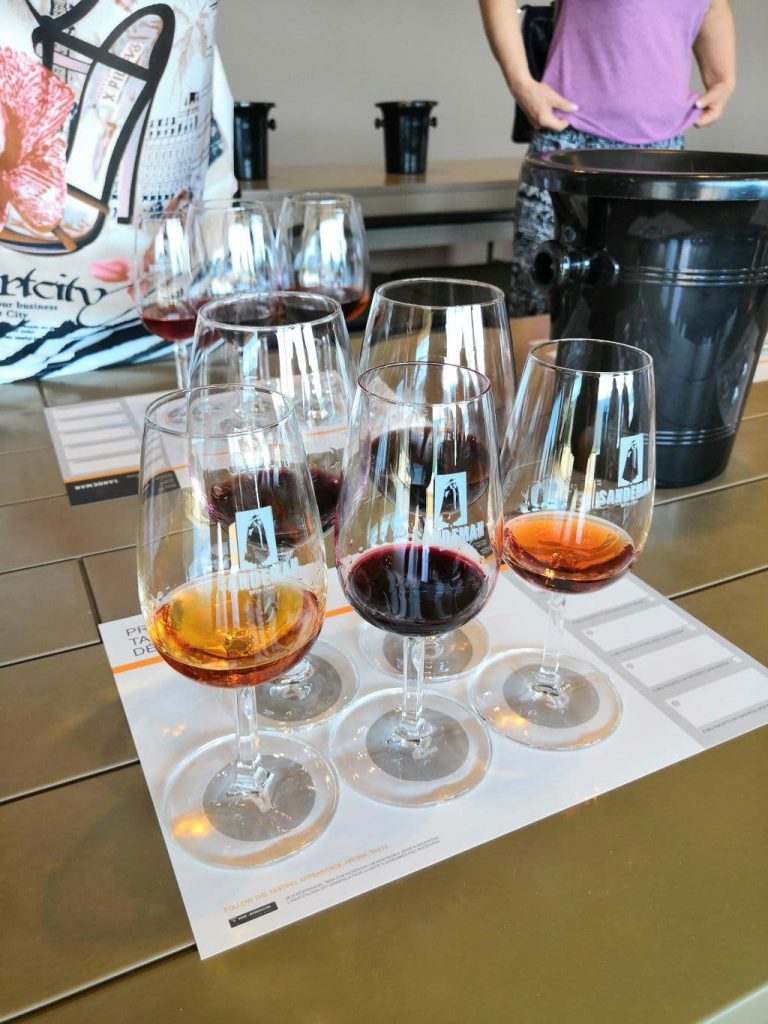Preparing Port wine for serving is a very interesting job. With regular Ruby, Tawny, dated Tawny and LBV, we do not have to worry about sediment, as it has already been removed when the wine is bottled.
But let’s look at serving Vintage Port.
Preparation
As proper Port connoisseurs, we should have a glass decanter, called a decanter. This is usually no different from the wine decanters used in our country. If you don’t have one, a clean bottle or jug will do.
Hold the bottle vertically and remove the mark over the cork. Wipe the neck of the bottle with a cloth. Then pull the stopper out. Sometimes it is better to use a classic corkscrew than modern bottle openers, it allows you more control over the cork, especially with older vintages when it may be somewhat weathered.
Decanting
Gradually pour the Vintage Port into the decanter. It is customary to hold the bottle with the vignette towards the eyes during this operation. A small funnel, ideally with a fine strainer, can be useful here. If the bottle contains a lot of sediment, pour the wine through a cotton scarf so that the resulting liquid is absolutely free of sediment.
Use the right glasses for Port wine
In recent years, there has been a boom in different shapes of port glasses. They all aim to provide the ultimate port experience, even through design and modern shapes. Thus, the various Parisian goblets and champagne flutes that have been the bane of serving port wine in the past are thankfully surviving. Today, we can enjoy Port with our eyes, just like other wines that have developed their own glasses. Just as burgundy is not served in a cognac glass, so too should Port be drunk from the correct shape of glass.

Help No. 1 – the corkscrew
Not all types of Port are sealed with a classic cork stopper. Types such as dated tawny and Late Bottled Vintage have a so-called T-stopper, which makes it easy to open the bottle and, of course, re-close it if you don’t drink the contents right away. However, all vintage wines are sealed with natural cork stoppers, so a corkscrew must be used.
However, the secret to opening a bottle of port correctly is not just the corkscrew, but the whole ritual of opening the bottle. Take your time, pull the cork out as slowly, cleanly and smoothly as possible.
Don’t worry about the cork partially crumbling, if it is already older, it will always happen. Remove the crumbled cork remnants when decanting through a cotton scarf or funnel with a strainer.
Funnel
The use of a funnel or funnel not only has the advantage of trapping any sediment or cork residue from the cork, but also promotes the oxygenation of the wine, thus achieving full development of the flavours and maximum enjoyment. And with a steady hand, it’s even easier!
Carafes
Carafes play an important role in the history of wine. In serving Port, the decanter is an indispensable tool. Carafes come in a variety of shapes and sizes, with large and small bases. A rarity is the so-called hoggit, a round-bottomed decanter that can only be stored in a wooden stand.
Tongs
An interesting tool that we come across in the context of serving Port is the tongs used to open older Vintages.
They are usually iron with long handles and wooden handles, with a ring at the end. This allows it to be fitted to the neck of the bottle.
Vintage Port will last for decades or even centuries if stored properly. In very old Vintages, removing the cork is quite difficult if not impossible without destroying it completely, but this also leads to a deterioration in the characteristics of the precious wine.
The purpose of these pliers is to remove the cork intact so that opening the bottle is clean and easy. A useful item for true connoisseurs who go after very old vintages.
The whole ritual can be seen in this nice video:
Friends, if you managed to serve the Port without much loss, I wish you a bon appetit!